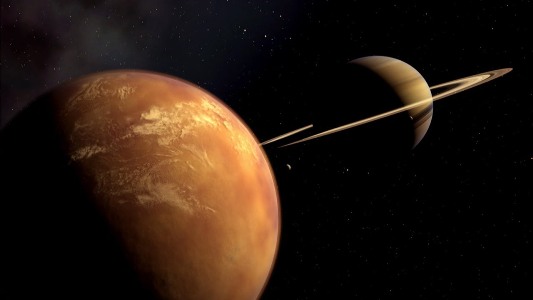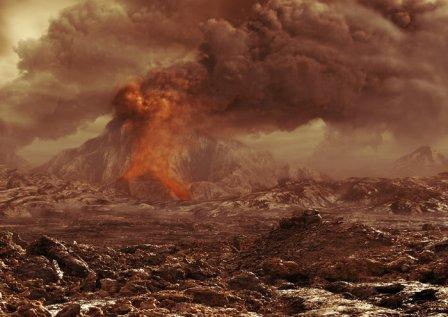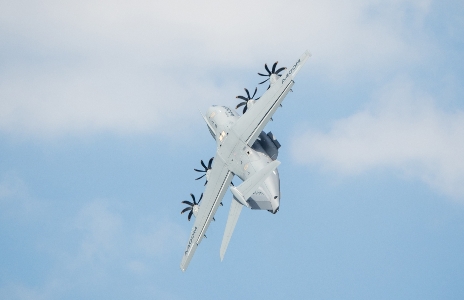
LONDON (PTI): Just like Earth, Saturn's moon Titan has a polar wind that drives gas from its atmosphere into space, scientists have found.
The team analysed data gathered over seven years by the international Cassini probe, and found that the interactions between Titan's atmosphere, and the solar magnetic field and radiation, create a wind of hydrocarbons and nitriles being blown away from its polar regions into space.
This is very similar to the wind observed coming from Earth's polar regions.
Like Earth and Venus, Titan has a rocky surface and a thick atmosphere. It is the only object in the Solar System aside from Earth to have rivers, rainfall and seas.
Titan has been studied more than any moon other than Earth's, including numerous fly-bys by the Cassini probe.
On board Cassini is an instrument partly designed at University College London, the Cassini Plasma Spectrometer (CAPS), which was used in this study.
"Data from CAPS proved a few years ago that the top of Titan's atmosphere is losing about seven tonnes of hydrocarbons and nitriles every day, but didn't explain why this was happening. Our new study provides evidence for why this is happening," said Andrew Coates from UCL Mullard Space Science Laboratory, who led the study.
The new research said that this atmospheric loss is driven by a polar wind powered by an interaction between sunlight, the solar magnetic field and the molecules present in the upper atmosphere.
"Although Titan is ten times further from the Sun than Earth is, its upper atmosphere is still bathed in light," said Coates.
"When the light hits molecules in Titan's ionosphere, it ejects negatively charged electrons out of the hydrocarbon and nitrile molecules, leaving a positively charged particle behind.
"These electrons, known as photoelectrons, have a very specific energy of 24.1 electronvolts, which means they can be traced by the CAPS instrument, and easily distinguished from other electrons, as they propagate through the surrounding magnetic field," Coates said.
Unike Earth, Titan has no magnetic field of its own, but is surrounded by Saturn's rapidly rotating magnetic field, which drapes forming a comet-like tail around the moon.
In 23 fly-bys which passed through Titan's ionosphere or its magnetic tail, CAPS detected measurable quantities of these photoelectrons up to 6.8 Titan radii away from the moon, because they can easily travel along the magnetic field lines.
The team found that these negatively-charged photoelectrons, spread throughout Titan's ionosphere and the tail, set up an electrical field.
The electrical field, in turn, is strong enough to pull the positively charged hydrocarbon and nitrile particles from the atmosphere throughout the sunlit portion of the atmosphere, setting up the widespread 'polar wind' that scientists have observed there.
 Previous Article
Previous Article Next Article
Next Article













The Indian Air Force, in its flight trials evaluation report submitted before the Defence Ministry l..
view articleAn insight into the Medium Multi-Role Combat Aircraft competition...
view articleSky enthusiasts can now spot the International Space Station (ISS) commanded by Indian-American astr..
view article